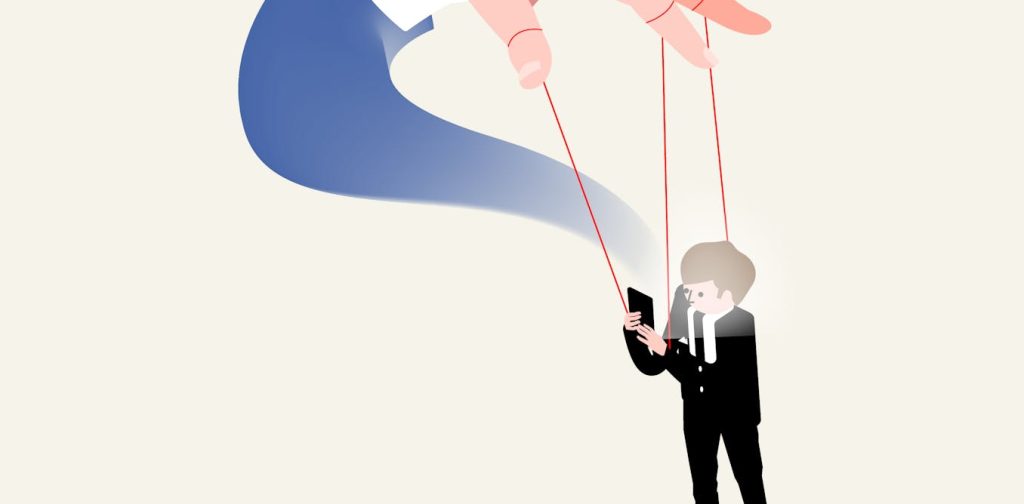Listen to the article
Social Media’s Dark Side: Why One Editor Logged Off Twitter
In the whirlwind of political tension that defined much of 2018, I made a personal decision that might seem counterintuitive for someone in media: I stopped checking Twitter entirely.
As someone who once relied on social platforms to gauge public sentiment, I found myself increasingly skeptical of whether the opinions I was reading represented actual human thoughts or carefully orchestrated manipulation. This wasn’t mere paranoia – it came after working with numerous scholars whose research revealed how social media platforms leave users vulnerable to misinformation campaigns.
The evidence mounted that these platforms were not only misusing personal data but allowing their systems to be exploited by trolls and bots designed to manipulate public opinion. My response was to withdraw from Twitter completely and limit Facebook usage to viewing friends’ celebration photos and life updates.
The concerns began early in the year, following revelations about Facebook’s role in the 2016 U.S. election. While I considered deleting my account entirely, professional obligations required maintaining some presence. Instead, I followed advice from Dartmouth College social media scholars Denise Anthony and Luke Stark, who recommended defaulting to distrust until companies prove themselves worthy of confidence.
This translated to practical actions: drastically reducing time spent on Facebook, deleting profile information, and severely limiting engagement through comments, likes, or clicking external links. While Facebook can still monitor what appears in my feed, they receive much less data about how I respond to content, presumably reducing their ability to influence my behavior.
To better understand manipulation tactics online, I turned to tools developed by researchers at Indiana University’s Observatory on Social Media. Their resources aim to help users recognize cognitive biases and protect themselves from external manipulation. Their game “Fakey” challenges players to distinguish between reliable and unreliable information sources, while “Hoaxy” visualizes how false information spreads across networks. Their “Botometer” tool analyzes Twitter accounts, estimating the likelihood they’re automated rather than human-controlled.
Research from MIT professor Tauhid Zaman highlighted a particularly concerning discovery about these automated accounts. His analysis of Twitter activity revealed that bot influence doesn’t necessarily depend on their numbers but rather on volume of posts. “A small number of very active bots can actually significantly shift public opinion,” Zaman found after simulating what human views would have been without bot interference.
The time reclaimed from reduced social media use yielded unexpected benefits for both solitary activities and in-person socialization. Georgetown psychologist Kostadin Kushlev’s research supports this experience, finding that “Digital socializing doesn’t add to, but in fact subtracts from, the psychological benefits of nondigital socializing.”
This aligns with my personal experience – face-to-face interactions provide greater satisfaction than digital alternatives. Kushlev’s research further indicates that fully present in-person socializing (without simultaneous digital messaging) creates the most positive psychological effects.
The combination of avoiding psychological and political manipulation while enhancing meaningful personal connections proved valuable throughout 2018. As we move forward, this approach to technology use – more conscious, more selective, and more intentional – offers a framework for healthier engagement with digital platforms that increasingly shape public discourse.
For many users, the question isn’t whether to abandon social media entirely, but how to engage with it in ways that preserve autonomy, authentic connection, and resistance to manipulation – challenges that will likely persist well beyond a single calendar year.
Verify This Yourself
Use these professional tools to fact-check and investigate claims independently
Reverse Image Search
Check if this image has been used elsewhere or in different contexts
Ask Our AI About This Claim
Get instant answers with web-powered AI analysis
Related Fact-Checks
See what other fact-checkers have said about similar claims
Want More Verification Tools?
Access our full suite of professional disinformation monitoring and investigation tools



